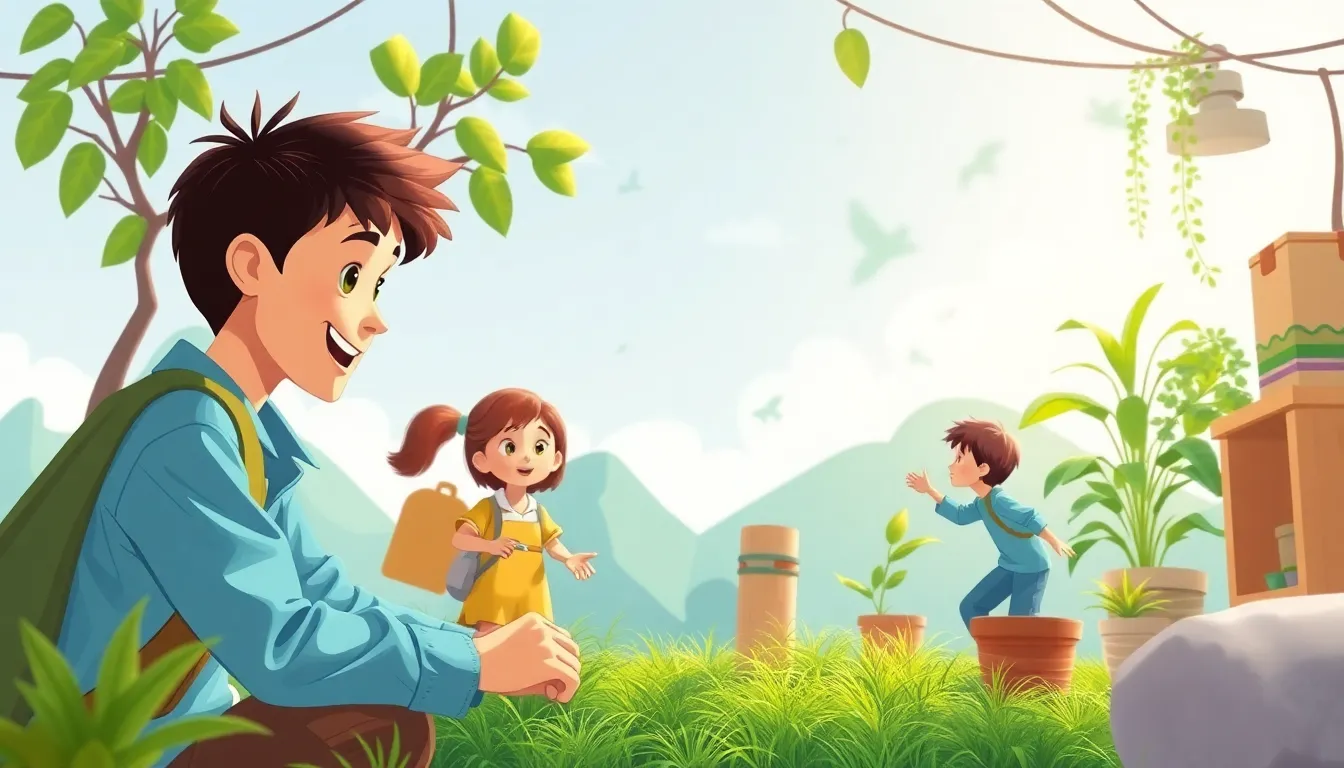
🌱 Sustainable Design: Building a Greener Future
Introduction
Imagine a world where the bridges we cross, the toys we play with, and the houses we live in all help protect the planet. Sustainable Design is the art of creating things that work well Today without hurting the Earth for tomorrow. Engineers use clever ideas, science, and a dash of creativity to make products that are strong, useful, and Environment‑friendly.
1. What Does “sustainable” Mean?
- Sustainable (adj.): able to keep going for a long time without using up resources or causing damage.
- Resource: anything we take from nature—like water, trees, or minerals—that we need to make things.
Cause And Effect:
- If we cut down too many trees for wood, then there are fewer homes for animals and less clean air.
- If we design a product that can be reused or recycled, then we keep those trees and metals in the ground longer.
Example: A water bottle made from Biodegradable (breaks down naturally) material will turn into soil after you’re done with it, instead of staying in a landfill for hundreds of years.
2. Green Materials in Engineering
Engineers choose Materials that are strong but also kind to the planet.
| Material | Why It’s Sustainable | Where You Might See It |
|---|---|---|
| Bamboo | Grows fast (up to 3 ft/day!) and regrows after cutting | Furniture, bike frames |
| Recycled aluminum | Uses old cans, saves energy vs. mining new metal | Car parts, soda cans |
| Mycelium (fungus roots) | Grows into solid shapes, fully compostable | Packaging, building bricks |
Did You Know? A single mature bamboo forest can produce as much oxygen as a small forest of trees, while using far less water.
3. Designing for Re‑use and Recycling
A good sustainable design thinks about the whole Life Cycle of a product:
- Extraction – getting raw materials.
- Manufacturing – making the product.
- Use – how long it lasts.
- End‑of‑life – can it be reused, repaired, or recycled?
Example: Many modern skateboards have decks made from Reclaimed Wood (old pallets or surfboards). The wood is sanded, shaped, and given a fresh look, so nothing goes to waste.
Cause And Effect:
- If a product is easy to take apart, then its parts can be recycled instead of ending up in a landfill.
4. Mini Experiment: Build a Mini Solar Oven ☀️
What You Need
- A pizza box (clean and dry)
- Aluminum foil
- Clear plastic wrap
- Black construction paper
- Tape and scissors
Steps
- Cut a flap in the lid of the pizza box, leaving a 1‑inch border.
- Cover the underside of the flap with aluminum foil (shiny side out).
- Place a piece of black paper on the bottom of the box—this absorbs heat.
- Tape clear plastic wrap over the opening to trap warm air.
- Put a small piece of marshmallow or a slice of cheese inside and angle the foil flap toward the Sun.
What Happens? The Sun’s rays reflect off the foil, heat the air inside, and melt the food—showing how Solar Energy can be used instead of electricity.
Think About It: If more houses used solar ovens for cooking, we would need less electricity from power plants, which means fewer greenhouse gases released into the air.
Quick Quiz
- True Or False: Bamboo grows slower than most trees.
- What does “biodegradable” mean?
- Name one benefit of designing a product that can be taken apart easily.
Answers: 1️⃣ False –.